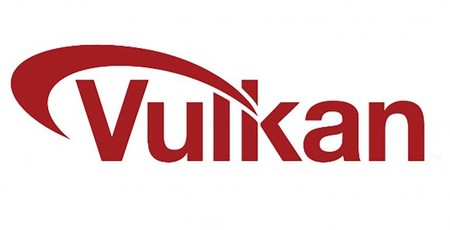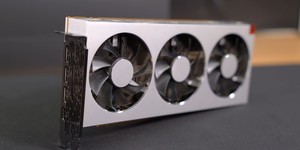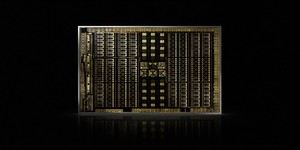
DirectX 12 may have some competition on its hands in the future thanks to the recent ratification and public release of Vulkan Ray Tracing.
Announced by the Khronos Group, its existing graphics API Vulkan is now able to offer cross-vendor real-time ray tracing support as an open standard for the first time. It's all been delivered via a series of open-source extensions, potentially providing a genuine alternative to DirectX 12.
Right now, the only option for ray tracing is courtesy of Microsoft's technology, being as it is the only standardised approach, and almost entirely powered by Nvidia RTX graphics cards. This announcement could shake things up, though. The introduction of the VK_KHR_ray_tracing extension means the API will offer 'acceleration structure building and management, ray tracing shader stages and pipelines, and ray query intrinsics for all shader stages.' For me and you, that means realistic rendering lighting, shadows, and reflections, just like we've seen in "conventional" ray tracing.
It also even allows for CPU-based acceleration offloading to threads. Vulkan ray tracing is designed to be hardware agnostic, so it can be accelerated on both existing GPU compute and dedicated ray tracing cores if available.
In a statement, Daniel Koch, senior graphics system software engineer at Nvidia and Vulkan Ray Tracing task sub group chair at Khronos, pointed out, 'there has been strong developer demand for a truly cross-platform ray tracing acceleration API,' with Vulkan aiming to fulfil that need. Even better, as he elaborated, it should be relatively straightforward to convert to: 'the overall architecture of Vulkan Ray Tracing will be familiar to users of existing proprietary ray tracing APIs, which enables straightforward porting of existing ray traced content, but this framework also introduces new functionality and implementation flexibility.'
AMD and Intel have already announced intentions to provide support for all of the major features in the extension, including ray shading, ray queries, and CPU acceleration structure management. EA and Epic Games has also been very positive with the developments, with other key studios set to follow.
Vulkan ray tracing potentially has some advantages over DirectX 12 such as being able to offload to the CPU, so it could mean significant improvements for the technology, and ultimately result in increased performance across the board.
It's promising stuff with the likes of Doom Eternal being one of the biggest names to provide Vulkan support.

MSI MPG Velox 100R Chassis Review
October 14 2021 | 15:04








Want to comment? Please log in.